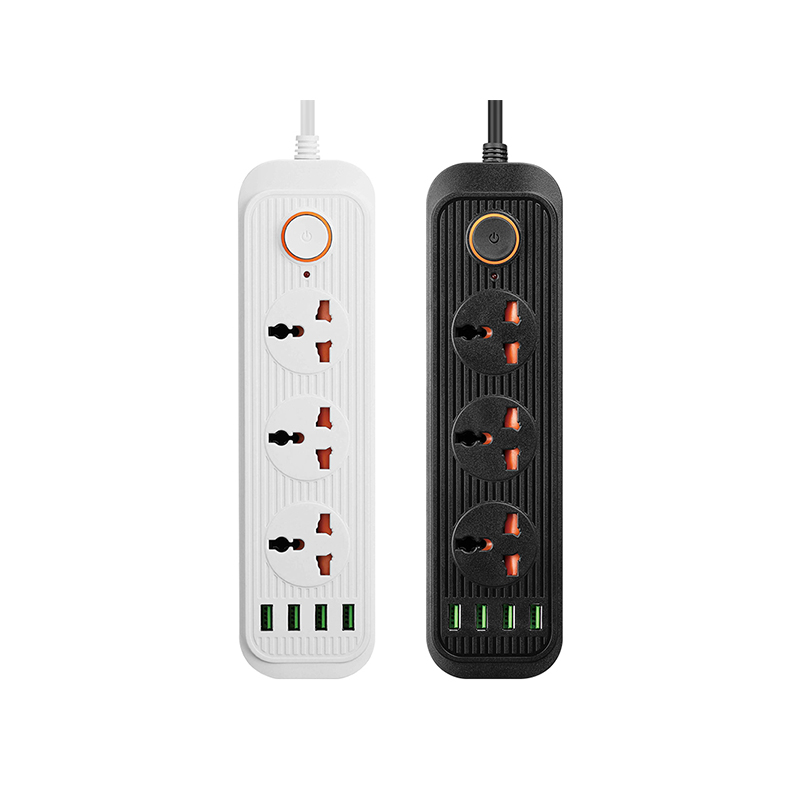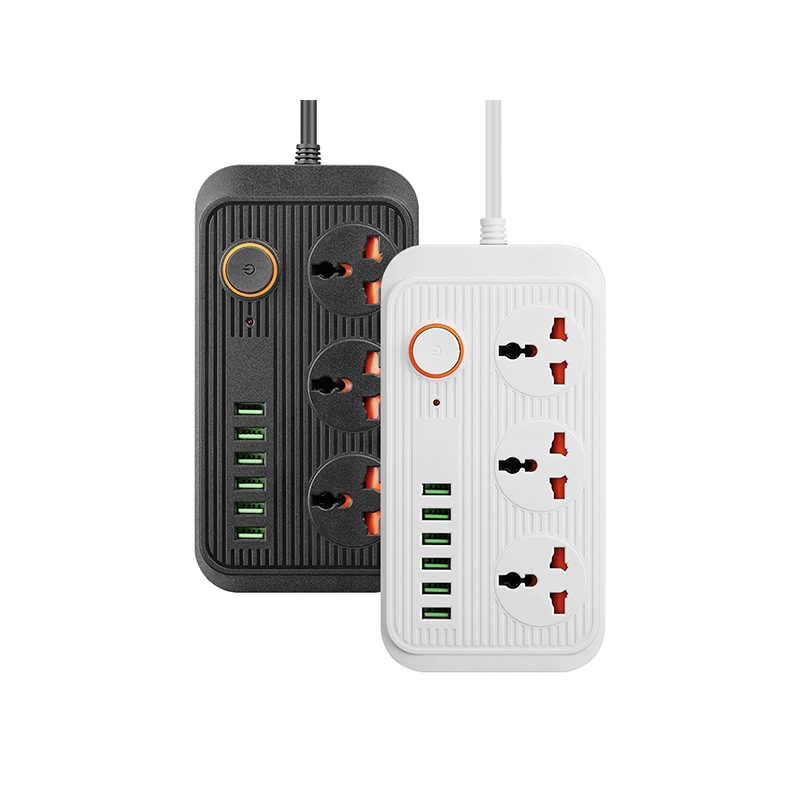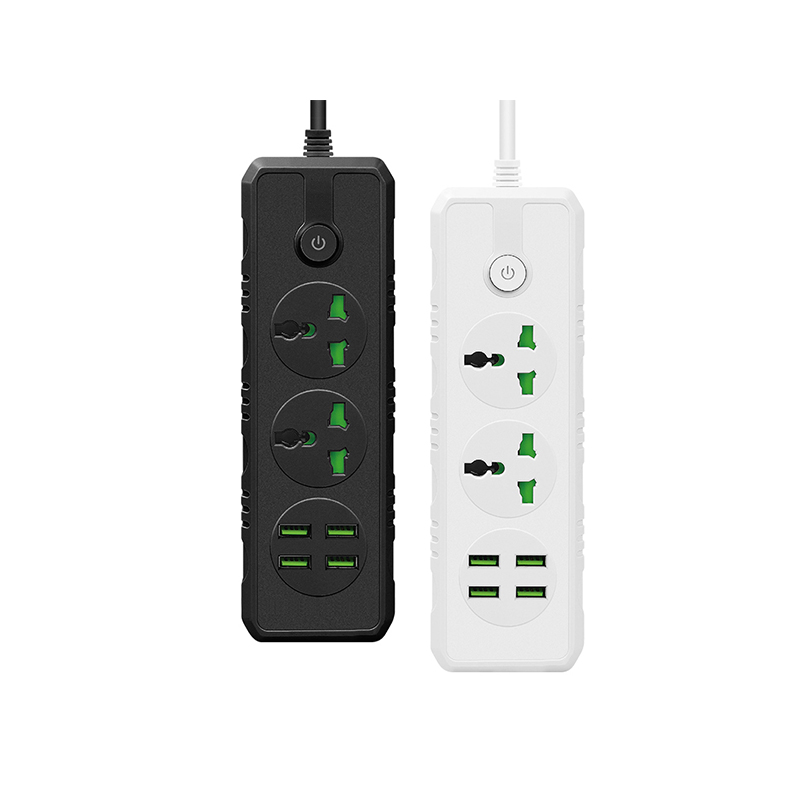How does the optimization of the universal socket's socket structure reduce the risk of electric shock for children?
Release Time : 2025-04-17
Children's electric shock accidents have always been the focus of social attention. As a common electrical device in homes and public places, the safety of the socket structure of universal sockets is of vital importance. By optimizing the socket structure, the risk of electric shock to children can be effectively reduced, creating a safer electricity environment for children.
The sockets of traditional universal sockets are usually large and without protective devices, and are compatible with plugs of various specifications. However, this design poses a great safety hazard to children. Children are curious and may insert their fingers or other metal objects into the socket. Since the socket is directly exposed, it is easy to contact the internal live parts, resulting in electric shock accidents.
An important aspect of the optimization of the socket structure of modern universal sockets is to add a safety door design. The safety door is usually made of plastic or other insulating materials and installed inside the socket. When the normal plug is inserted, the insertion force of the plug will push the safety door open, allowing the plug to be smoothly connected to the socket. However, for children's fingers or small objects, the safety door will not open because it cannot generate enough insertion force, thereby effectively preventing children from contacting the internal live parts and greatly reducing the risk of electric shock.
Another way to optimize is to appropriately reduce the size of the socket. According to the standard size of different types of plugs, the size of the socket is precisely designed so that it can only accommodate plugs that meet the standard. This can prevent children from inserting some non-standard, smaller metal objects into the socket. At the same time, the smaller socket can also reduce the possibility of children's fingers accidentally inserting, reducing the risk of electric shock from the space.
The use of insulation isolation design in the socket structure is also an effective way to reduce the risk of electric shock for children. For example, an insulating partition is set inside the socket to isolate the sockets of different polarities to prevent the objects inserted by children from contacting two sockets of different polarities at the same time, thereby preventing short circuits and electric shock accidents. In addition, insulating materials can be used to wrap around the socket to further improve the insulation performance and reduce the possibility of leakage.
Some universal sockets also have a protective cover on the outside of the socket. This protective cover can be movable. When the plug is inserted, the cover automatically opens; when the plug is pulled out, the cover automatically closes and completely covers the socket. The protective cover can effectively block children's sight and fingers, making it impossible for them to directly see the socket and difficult to easily insert objects, thus playing a good protective role.
By optimizing the universal socket structure, such as adding a safety door design, reducing the size of the socket, adopting an insulation isolation design, and setting up a protective cover, the risk of electric shock to children can be reduced in many ways. These optimization measures not only improve the safety of the universal socket, but also provide more reliable electricity protection for children at home and in public places. When selecting and using the universal socket, products with these optimized structures should be given priority to ensure the safety of children.







